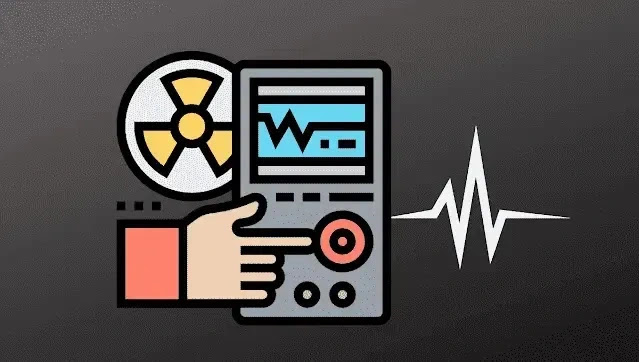This Reverse Frequency Converter calculator can help you measure electrical power from one frequency to another, offering unparalleled versatility in industrial processes and energy distribution. Now, imagine harnessing the power of this technology in reverse.
In the realm of advanced electronics, the term "frequency converter" sounds as a key component in various applications.
But what if we told you there's a concept even more interesting? Enter the "Reverse Frequency Converter."
In this article, we embark on a journey to unravel the complexities and possibilities of this technology, all while keeping the keyphrase "frequency converter" close at hand.
Whether you're a tech enthusiast or a curious mind, join us as we delve into the world of reverse frequency conversion.
Understanding the Reverse Frequency Converter: A Comprehensive Overview
Before diving into the depths of the reverse frequency converter, let's revisit the fundamental concept of a regular frequency converter.
In its traditional form, a frequency converter converts electrical power from one frequency to another, offering unparalleled versatility in industrial processes and energy distribution. Now, imagine harnessing the power of this technology in reverse.
The Key to Innovation: The Role of Reverse Frequency Conversion
The reverse frequency converter operates on a unique principle. Instead of converting power from one frequency to another, it converts already transformed power back to its original frequency. This innovative approach has far-reaching implications across industries.
From Theory to Application: Navigating the Reverse Frequency Conversion Process
Understanding the reverse frequency converter's operation requires a careful examination:
Input Power Analysis:
Start by identifying the frequency-converted power source that needs to be reversed.
Reverse Conversion:
Implement a specialized reverse frequency converter that analyzes the converted waveform and restores it to its initial frequency state.
Exploring Applications:
Where Reverse Frequency Conversion Shines
Frequency Converter Revolution: Industry Applications of Reverse Frequency Conversion
Renewable Energy Integration:
In renewable energy systems, reverse frequency conversion can optimize power flow between the grid and energy storage, increasing overall system efficiency.
Manufacturing and Testing:
Reverse frequency converters find utility in testing and calibrating devices that operate at specific frequencies, enhancing precision and accuracy.
Medical Imaging:
The technology's ability to restore signals to their native frequency is invaluable in medical imaging equipment, ensuring accurate diagnostics.
Cutting-Edge Innovation:
Reverse Frequency Conversion in Aerospace
Aviation Systems:
Aerospace engineers leverage reverse frequency conversion to restore radar signals, enhance communication, and ensure safe and reliable operations.
Conclusion:
In this journey of exploration, we've unveiled the potential of the reverse frequency converter.
From restoring energy integrity in renewable systems to advancing medical diagnostics and aviation safety, this technology stands as a testament to human ingenuity and innovation.
As we conclude our exploration, it's clear that "frequency converter" remains the guiding keyphrase, leading us through the intricacies of this cutting-edge field.
Embrace the reverse frequency conversion frontier and witness the transformation of industries through the power of this remarkable concept.
The future is bright, and the reverse frequency converter is at the heart of it all.



.png)

.png)
.png)
.png)
.png)

.png)
_11zon.webp)


0 Comments